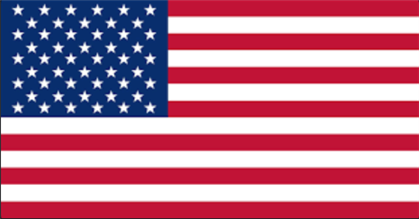1. Non-Immigrant Visas
These are temporary visas for individuals who plan to visit the U.S. for a specific purpose and return to their home country after their visit.
-
Tourist Visa (B-2): For people visiting the U.S. for tourism, vacation, or medical treatment.
-
Business Visa (B-1): For individuals traveling to the U.S. for business purposes, such as attending meetings, conferences, or negotiating contracts.
-
Student Visa (F-1, M-1):
-
Exchange Visitor Visa (J-1): For individuals participating in an exchange program, such as research scholars, professors, or students.
-
Work Visas:
-
H-1B: For specialized workers in fields like engineering, medicine, and IT.
-
H-2A and H-2B: For temporary agricultural workers and other temporary non-agricultural workers.
-
L-1: For intra-company transferees, like managers or executives.
-
O-1: For individuals with extraordinary ability in their field (e.g., science, arts, business).
-
P-1: For athletes or entertainers.
-
Fiancé(e) Visa (K-1): For a foreign national fiancé(e) of a U.S. citizen who intends to marry and live in the U.S.
2. Immigrant Visas
These visas are for individuals who wish to live permanently in the U.S. Most immigrant visas are issued through family sponsorship, employment-based petitions, or the Diversity Visa (DV) Lottery.
-
Family-Sponsored Immigrant Visas: For close family members (spouses, children, parents) of U.S. citizens or lawful permanent residents (green card holders).
-
Employment-Based Immigrant Visas: For individuals who are sponsored by a U.S. employer and possess skills or qualifications needed in the U.S.
-
Diversity Visa (DV) Lottery: A lottery program for individuals from countries with low rates of immigration to the U.S.
-
Refugee/Asylum Visa: For individuals who are fleeing persecution in their home country and seek refuge in the U.S.
3. Visa Waiver Program (VWP)
This program allows citizens of certain countries to enter the U.S. without a visa for tourism or business stays of 90 days or less. Travelers must apply for authorization through the Electronic System for Travel Authorization (ESTA) before traveling.
How to Apply for a U.S. Visa
The process generally involves the following steps:
-
Determine the Type of Visa: Select the appropriate visa category for your purpose of travel.
-
Complete the DS-160 Form: This online form is required for most non-immigrant visa applicants.
-
Schedule an Interview: Most visa applicants need to schedule an interview at a U.S. embassy or consulate in their country.
-
Prepare Documentation: You will need to provide proof of your identity, purpose of visit, financial means, and other supporting documents.
-
Attend the Interview: A consular officer will interview you to determine if you qualify for the visa.
-
Wait for Visa Approval: After the interview, the embassy or consulate will decide whether to approve or deny the visa application.
Common Visa Challenges
-
Visa Denial: If your visa application is denied, it might be due to incomplete documentation, ineligibility, or lack of ties to your home country.
-
Visa Processing Times: The processing time for visas can vary depending on the type and location, with some visas taking several weeks or months to process.





